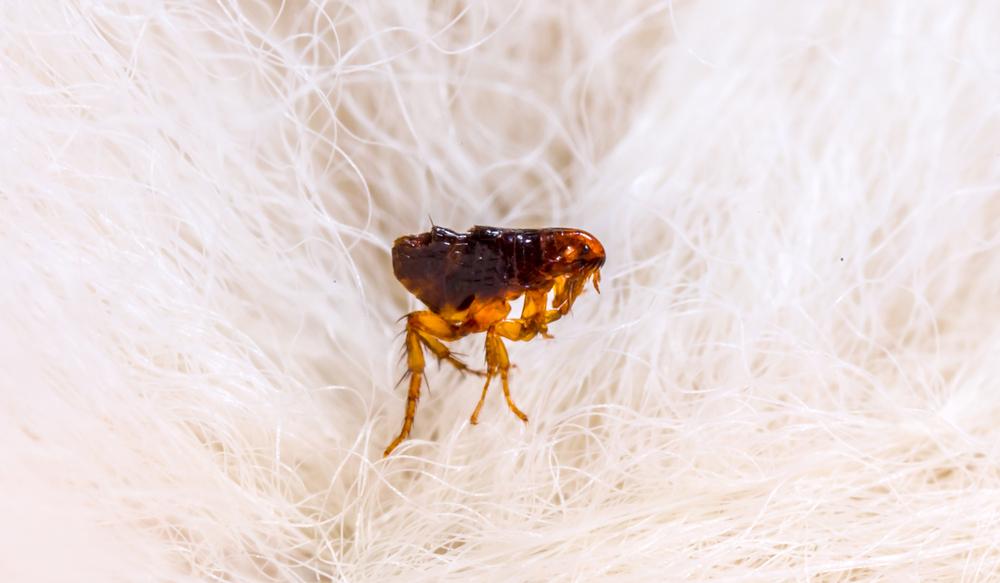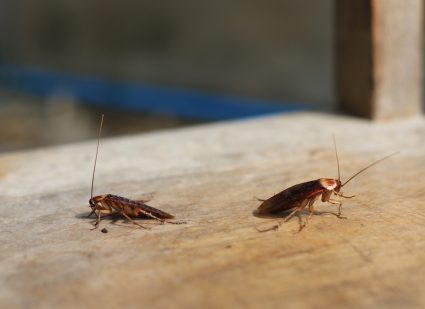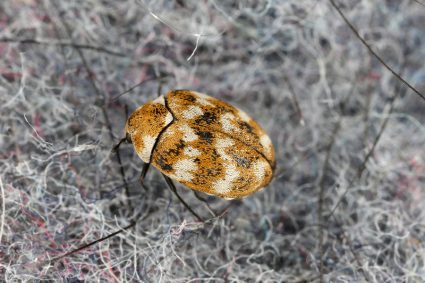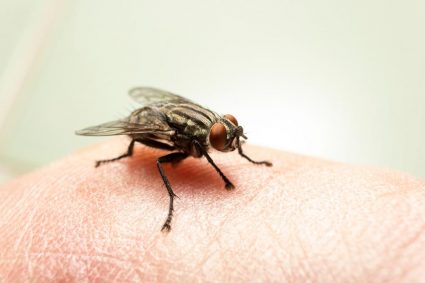
Fleas are notorious for their ability to infest our homes and pets. But how exactly do these tiny parasites travel and spread? In this comprehensive guide, we’ll explore everything you need to know about how fleas travel, their favorite hiding spots, and how to prevent them from taking over your home.
Fleas primarily travel by jumping from one place to another, using their specialized hind legs. They can cover a horizontal distance of up to 20 inches in a single leap. While they don’t typically move from host to host directly, they can spread in a household through various means such as air currents, light, heat, and through inanimate objects like clothing or furniture. They can also hitch a ride on pets or humans to infest new areas.
What Are Fleas?
Fleas are small, flightless insects that belong to the order Siphonaptera. They are external parasites that feed on the blood of mammals and birds. There are around 2,500 species of fleas, but only a few commonly infest pets and homes. These include the Cat Flea, Dog Flea, Human Flea, Rat Flea, Chicken Flea, and Sand Flea.
How Do Fleas Move?
Fleas move primarily through jumping. Their specialized hind legs are adapted for jumping, allowing them to cover great distances relative to their size. Once on a host, fleas primarily move around by walking. Their flattened bodies and backward-pointing hairs enable them to move through a host’s fur easily.
How Far Can Fleas Travel?
Fleas, on their own, can’t travel long distances. Their energy depletes without a host. However, fleas are excellent jumpers. The average flea can jump a horizontal distance of 8 inches, while some have been recorded jumping as far as 20 inches, depending on the species.
Can Fleas Travel From Host to Host Directly?
Fleas do not typically travel directly from one host to another. Once aboard, they remain on the host until they are dislodged. Pets usually get fleas from the environment, not directly from another animal.
What Influences Flea Travel?
Factors that influence or facilitate flea travel include visual and thermal stimuli, air currents, and the presence of hosts. Fleas are primarily attracted to light and heat during host-finding and are more likely to jump towards a moving target than a stationary one.
How Do Fleas Spread in a Household?
Fleas spread in a household through various means. They can enter a home through cracks in the floor, window screens, or by hitching a ride on pets or even humans. Once inside, fleas can lay eggs on pet bedding and fur, which then fall onto the floor and furniture, spreading rapidly.
Favorite Hiding Spots
Fleas often gather at the neck and shoulder blades, the base of the tail, and along the back of the legs of pets. In homes, they can hide in carpets, cracks, pet bedding, and soft upholstery.
Can Fleas Travel Through Inanimate Objects?
Yes, fleas can spread through inanimate objects or surfaces, although it is less common. Fleas can be brought into a home on clothing, shoes, bags, or even old furniture. Once inside, they can infest carpets, bedding, pet beds, and upholstered furniture.
Can Fleas Survive on Clothing or Bedding?
Fleas can survive on clothing or bedding for a short period of time. However, it’s unlikely that fleas can live on your bedding or mattress for more than a week or two without an animal present.
Conclusion
Understanding how fleas travel and spread can help you prevent and control infestations. Regular cleaning, vacuuming, and treating your pets with flea preventatives are the best ways to keep these tiny pests at bay.
Frequently Asked Questions
How long does it take for a flea to mature?
It takes about 18 days for a flea egg to mature into an adult flea under optimal conditions. However, this process can take up to a year depending on environmental conditions.
How often do fleas need to feed?
Adult fleas need to feed on blood daily to survive. If an adult flea is removed from its host, it will die of starvation within a few days.
Can fleas transmit diseases?
Yes, fleas can transmit diseases to humans and pets. They are known vectors for diseases such as plague, typhus, and cat scratch disease.
Can I get fleas even if I don’t have pets?
Yes, fleas can enter your home through various means, even if you don’t have pets. They can hitch a ride on your clothing or come in through cracks and crevices in your home.
What is the lifespan of a flea?
The lifespan of a flea can vary greatly depending on the environment and availability of a host. On average, however, a flea can live between 2 to 3 months.












